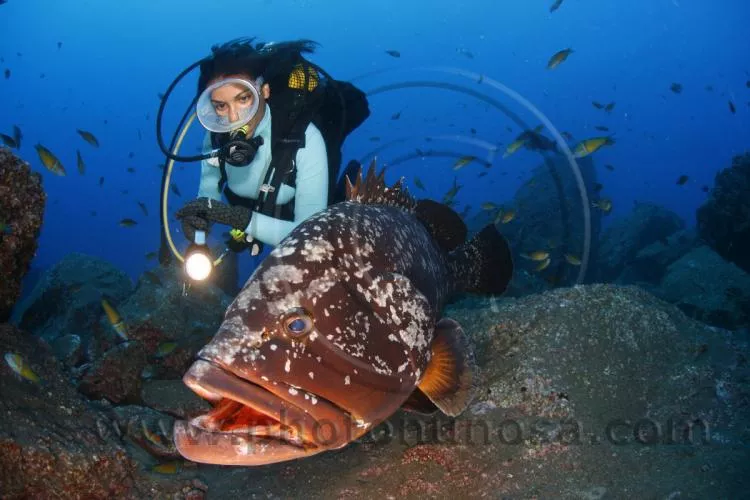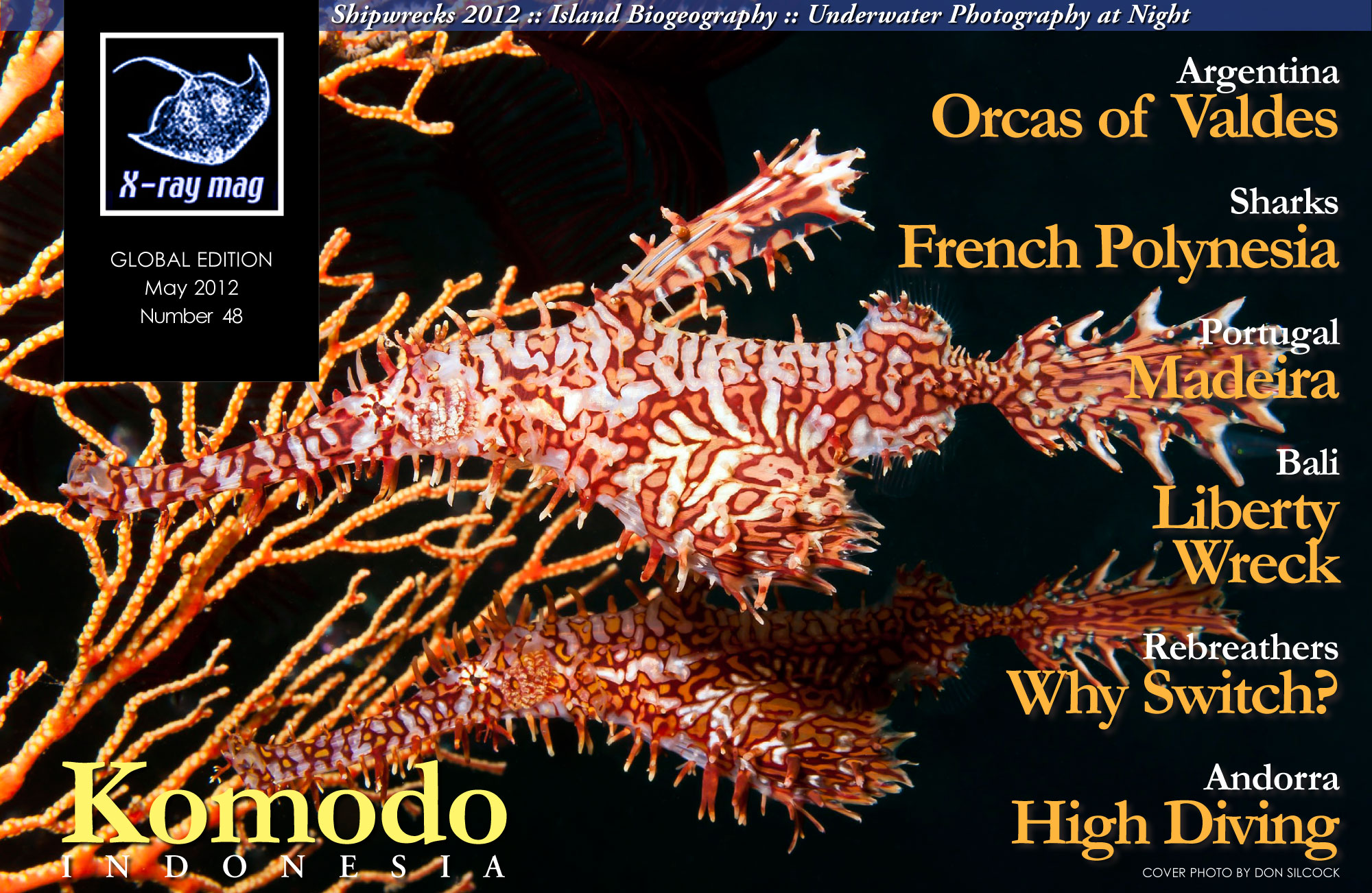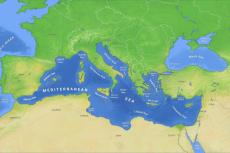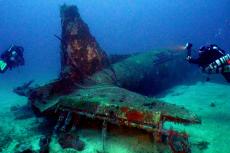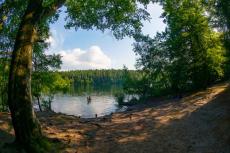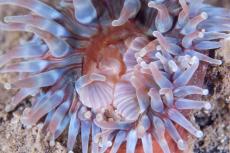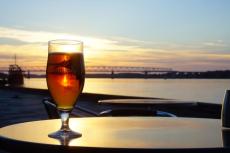The oceanic archipelago of Madeira lies approximately 1,000km southwest of Lisbon, right in the middle of the Atlantic Ocean. Located between latitude 30° and 33°N, quite close to the Strait of Gibraltar almost the same as Casablanca (Morocco).
Contributed by
Geographically, located in a subtropical region and conditioned by the southerly branches of the Gulf Stream, the archipelago has moderate climate all year round, with no great yearly thermal amplitudes. Average air temperatures range from a maximum of 23°C to a minimum of 15°C, and water temperature hovers around 22°C in summer, gradually lowering to 18°C at the end of the winter.
As in most oceanic archipelagos, the sea topography lacks a continental shelf, reaching high depths at relatively short distances from the shores. These characteristics allow the sighting of ocean specimens such as large pelagic fish, manta ray, turtles and marine mammals in diving spots close to the shore.
The archipelago of Madeira has deep blue waters, with excellent visibility (20 to 35m on a typical summer dive) and is home to some 360 marine vegetable species, together with 550 marine fish, 21 marine mammals and an enormous amount of invertebrates. The biodiversity of species that co-inhabit the waters of Madeira is unique worldwide. Being an oceanic archipelago, Madeira has not only Atlantic varieties of species, such as large pelagic fish, but also a wide-range of species from the North Sea to the Mediterranean, as well as some tropical species that have Madeira Island as their northernmost distribution limit.
Diving
Madeira Island offers a wide range of diving sites, including several wrecks, cave dives and coastal dives. However the top dives on this island are concentrated in a small area called Garajau Natural Reserve. This protected area was the first exclusively marine reserve created in Portugal 23 years ago. Since then, the area has become populated by a wealth of flora and fauna.
This 376-ha (929-acre) natural reserve is located on the south coast of Madeira, not to far from Madeira’s capital, Funchal, and has several diving sites marked by yellow marker buoys. Some of these dives can be made directly from the coast, with some diving centers offering direct access to the dive sites from the bathing areas of hotels.
Dives in the reserve include several cave dives, including a 35m-long cave (gruta da ponta da Oliveira) with a large air pocket inside where divers can reach the surface. It is often visited by the world’s most endangered sea mammal—the monk seal (Monachus monachus).
However, the Garajau dive site is by far the most visited of them all, and definitely the top dive site on the island. Depth starts at about 15m but quickly descends to about 30m. During the summer time, the reserve comes alive with shoals of pelagic fish, which pass through the archipelago with the Gulf Stream, such as white trevally or guelly jack, yellowmouth barracuda, almaco jack and greater amberjack and bastard grunt. Also towards the end of the summer, the graceful and elegant mobula rays can sometimes be seen slowly gliding over the divers.
Here you can also encounter large specimens of barred hogfish and comb grouper apart from all other species that are abundantly present at any dive such as several species of moray eels and colorful anemones. However, a particular species captures the special attention of most divers—the dusky grouper, considered the symbol of the Garajau Reserve.
Dusky groupers at Garajau are very large—they can weigh up to 60kg—but extremely playful and curios, usually following the divers along the whole dive. Due to their longevity—they live up to 50 years—and hospitality, regular visitors can recognize particular individuals year after year, such as Malhado (Spotty)—Garajau’s oldest, largest and most famous grouper. Three or four dusky groupers can be seen on a typical dive at this site, many times competing for the divers’ attentions and usually swimming beside the dive masters that have know them for several years.
Also fun to observe are the large colonies of brown garden eels that in some places cover the sand bottom looking at the divers and quickly vanishing in the sand as they approach. (...)

